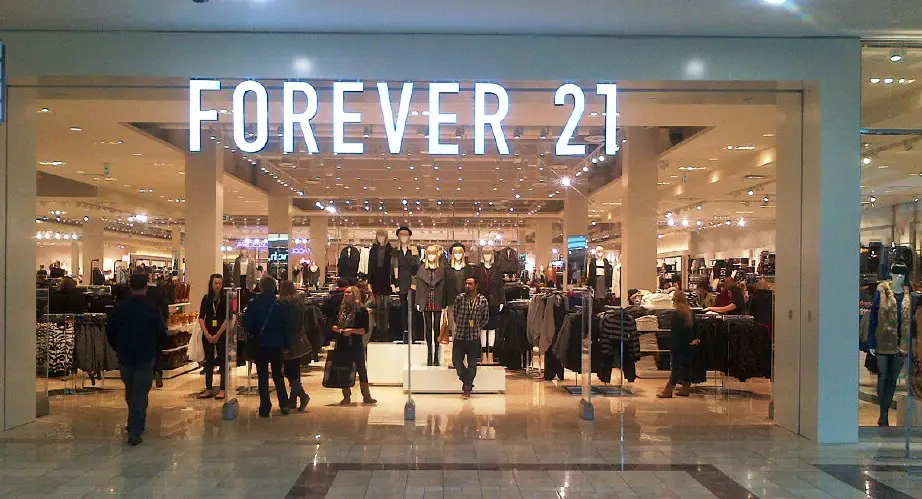Fashion Forward
Yes, it gets a bad rap for a variety of reasons, but it has a pretty important redeeming quality.
By Flavia Martinez, Amherst College
In seventeenth century Paris, clothing transformed from simple utility to fashion.
Among other factors, such as the creation of public spaces for walking and “being seen,” exciting new clothing of all prices allowed Parisians to mix socially like never before. The inability to differentiate between social classes became much more common. Upper class citizens mingled with lower class citizens for thrills, and lower class citizens mixed with the upper class in hopes of moving up.
In the twenty-first century, varying socioeconomic classes consort every single day, so much so that it’s often quite difficult to discern which class someone belongs to. (Of course, social classes are much less strict today than they were in France prior to Louis XVI.)
What contributes to this mixing of social classes now more than ever? Fast fashion. A global manufacturing trend based around the widespread acceptance of quickly and cheaply made clothing that began around the 1980s, fast fashion is now the reality of consumerism for many people on the planet.
Fast fashion gets a bad rap. It promotes excessive consumerism, which leads to excessive waste. Fast fashion’s low price and accessibility are also typically the product of sweatshop labor, which means that workers are barely being paid a living wage. As a global trend that perpetuates an endless cycle of new trends, fast fashion is damaging, and it deserves its bad reputation.

Despite its negative qualities, however, the manufacturing trend has one redeeming quality: Fast fashion is helping low-income fashionistas.
Clothing is a camouflage of social class, and fast fashion is making it easier to stay afloat socially. Fast fashion drowns consumers in trends, but such a large number of trends, at a reasonable price, allows low-income shoppers to cling to at least one trend of many.
Fast fashion allows consumers to be part of any social class, or rather, to appear to be. Just as high-income consumers have the privilege to dress as if they were homeless, a low-income consumer can dress well for less to fake it till they make it.
Fast fashion is a socioeconomic equalizer, and it’s becoming the norm. People of different social classes might all find themselves in H&M, Forever21 and Zara because it’s easy to find new styles and leave with something shiny and new. Though overwhelming at times, fast fashion is easy and satisfying.
High-income consumers can no longer be identified by their clothing. Much of the clothing produced by fast fashion giants emulates trends from more expensive retailers and from high fashion itself. Fast fashion makes the latest trends accessible to everyone.
Furthermore, minimalist fashion trends, like normcore, are making it extremely easy for consumers to camouflage. Without a glance at the tag, it’s hard to tell if a plain white t-shirt came from Forever 21 or Brandy Melville.
That said, some cheap clothing does reflect its price, which makes finding and taking care of the right pieces increasingly important. Done right, fast fashion empowers the low-income wearer.
College is an interesting arena for examining the effects of fast fashion as a socioeconomic equalizer.
For college students transitioning into adulthood, and ideally, a higher income bracket, fast fashion helps: That blazer and dress pants needed for an internship or job interview? In years prior to fast fashion, business attire might have cost an arm and a leg, and entailed a trip to the tailor, but now fast fashion is making these items cheaper and more accessible.
In college, students are also away from home, and a certain anonymity levels the playing field. Students’ family lives and socioeconomic statuses become increasingly private. Clothing helps students create a new image for themselves among new peers.
This camouflage on college campuses, however, can be complicated and, sometimes, counter-intuitive. Because students live on campus, many students, regardless of socioeconomic status, might choose to dress in sweatpants.
Student-athletes often opt for sweatpants. With practice at any given time of day, sweats are a natural, albeit ironic, choice for athletes. Those who have access to more expensive clothing are choosing to wear sweats, which become a sort indicator of social class as well, a testament to the fact that the wearer can socially afford to wear sweatpants. Even CEOs are following suit.
Clothing aside, wealth manifests itself it differently on college campuses. Though students’ family lives and socioeconomic statuses can remain a private matter, students display social class in the activities they do and don’t partake in. There are always the students who circle the quad in BMW SUVs and the friend groups that travel to Europe together over Spring Break.
Fast fashion can only do so much. On many college campuses, displays of wealth is ubiquitous. This is the limit of camouflage. Though fast fashion helps lower-income folks, it is not the cure for society’s problems and is only a surface equalizer.

Furthermore, fast fashion still poses large problems to the environment and to workers. What we should be asking is how can we make cheap, accessible clothing that lasts long? How can we keep the price down without losing quality and production ethics?
The solution is still yet to be determined. But, in the meantime, it’s important to recognize the one benefit of fast fashion. Fast fashion is helping consumers on a subtle, individual level.
Camouflage is important. Appearances, no matter how brutal it sounds, matter. In a world of injustice, fast fashion can help ease the fight for upward mobility.


















[…] https://studybreaks.com/2017/04/01/fast-fashion/ […]